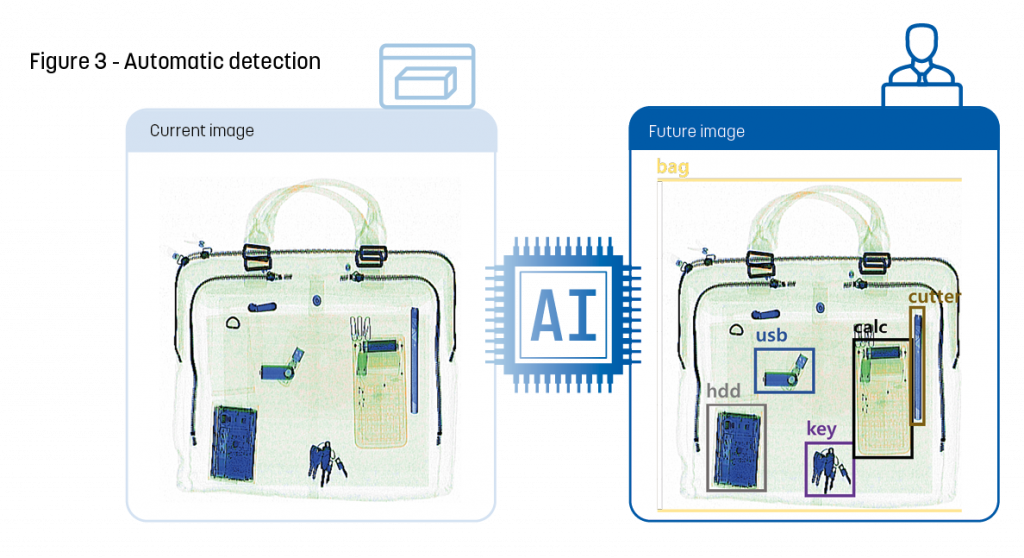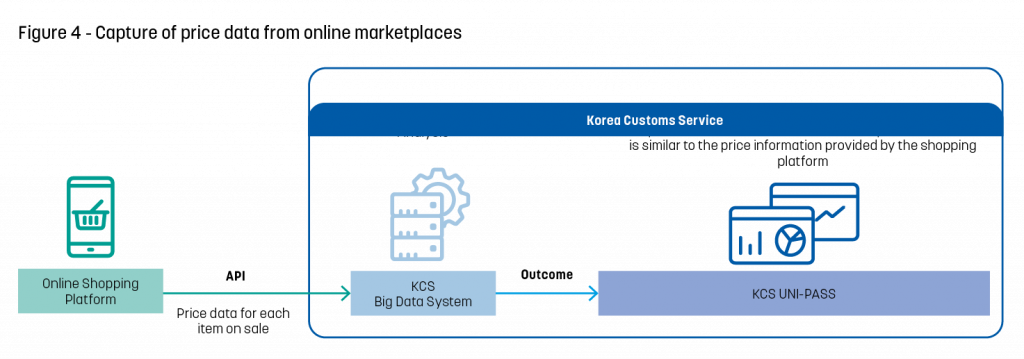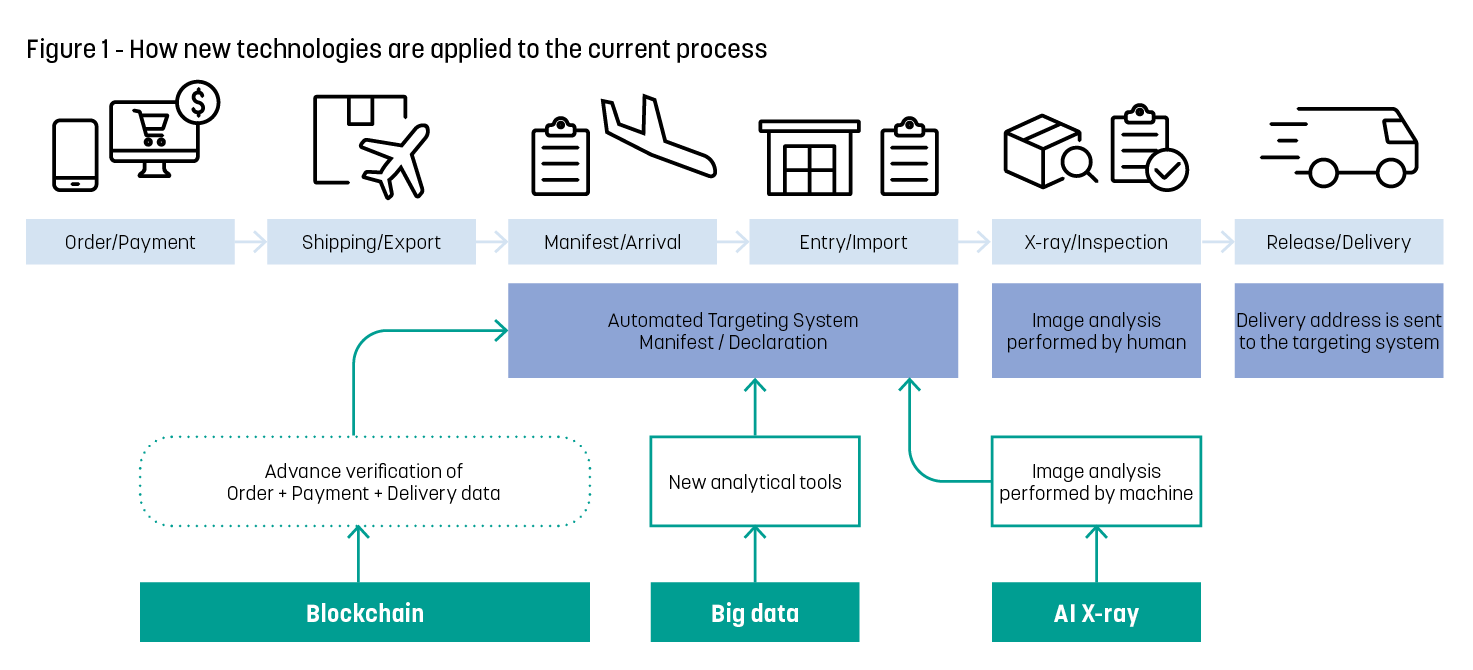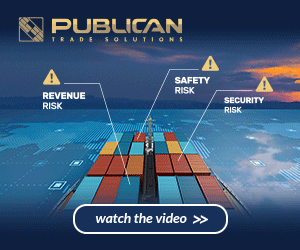Blockchain, artificial intelligence and big data: how Korea Customs Service leverages technology to supervise e-commerce
24 October 2021
By Yonghwan CHOI, Director of R&D and Equipment Division, Korea Customs ServiceKorea Customs Service (KCS) has introduced a range of measures since early 2010 to respond to a growing number of imports and exports generated by online sales and purchases by both businesses and individuals, given the strong upward trend in cross-border e-commerce.
KCS previously described the measures it had taken to streamline the import and export process for goods bought online in the October 2015 edition of WCO News. It also introduced the analytical tools it was testing to root out commercial fraud via express cargo and postal items in the June 2018 edition of the magazine. In this article, the focus is on the use of three types of technology to enhance current KCS targeting capacities: blockchain, artificial intelligence and big data.
Traditional clearance process
KCS started the process of computerization back in the 1970s, since when it has been building a strong ITC capacity, has automated 93% of its business processes and has developed a data-driven culture among its staff.
Figure 1 describes how data related to an online cross-border transaction is captured and processed, from order to payment. Currently, KCS captures data reported in the manifest and Customs declaration, and analyses it through its automated targeting system. Postal operators and couriers are obliged to send information requested for clearance electronically, to permit the pre-advice and potential pre-clearance of items. To do this, postal operators use the electronic version of the CN 22 and CN 23 forms developed by the WCO and the Universal Postal Union (UPU).
X-ray inspections are carried out on all expedited cargo and international mail. When a package is flagged by the risk management system, the Customs officer handling the inspection sees all of the data contained in the form used for clearance, as well as the X-ray, on his or her computer screen. For small and medium courier companies which do not have modern facilities, KCS has built an Express Cargo Logistics Centre which is equipped with the latest facilities, including automatic X-ray scanners integrated into the conveyor system.
Since 2014, delivery service providers have also been required to report the actual destination of express cargo to KCS once delivery is complete. The objective is to prevent any abuse of the de minimis facility by way of vendors splitting consignments in order to willfully take advantage of the tax exemption system and the simplified procedures for low-value goods. Once the delivery has taken place, the information is fed once again into the automated targeting system which conducts another risk analysis focusing on the delivery address.
Strengthening data capture through blockchain
At the moment, assessing risk presents some constraints, given the low quality of data available. One way to strengthen the risk management system would be to obtain the data, including the value of the goods and the delivery address, directly from the various parties creating that data, such as e-commerce sellers, express carriers, and Customs brokers.
From 2018 to 2020, KCS carried out a pilot project exploring the use of blockchain technology to elevate the levels of transparency in information flows, and trust among individual data creators, and to automate the data entry process, which is currently partly manual (see Figure 2). The pilot was success in that information held by each participant in a transaction was shared directly with Customs via the blockchain. The reason for this success lies partly in the fact that e-commerce transactions are relatively simple and are computerized, and that each participant holds very specific data at very specific points in time during a transaction.
In the traditional clearance model, information related to a purchase is submitted to Customs by the delivery company and the declarant who collects it from the buyer or seller. In this process some data may be changed, accidentally or intentionally, leading to a risk of undervaluation or misdeclaration.
In the blockchain scheme, all parties to a transaction (sellers, express carriers, and Customs brokers) are sending their piece of information, or block, directly to Customs in real time. During the pilot, KCS controlled all the transactions recorded on the blockchain and confirmed that the information received was accurate.
One lesson learned from the project is that the initial cost of setting up and operating the blockchain is higher than that of other types of data-sharing system. Moreover, it is important to consider issues such as maintenance, data privacy, sustainability, and scalability of the network when choosing the type of blockchain to use. KCS uses a private-permissioned blockchain, and has encountered issues related to high-volume data transmission.
Leveraging automatic detection tools to enhance image processing
As mentioned, all items transported via the mail or express cargo chain go through an X-ray scanner. But this system has some limitations. Firstly, only the images of packages flagged by the automated targeting system are analysed. Secondly, although KCS image analysts are very skilled, there is a limit to their observation and concentration capacity. Finally, with the increase in the number of packages received, there is a chronic shortage of image analysts. One way to solve the problem is by enhancing targeting capacities so that fewer packages need to be inspected. Another way is to leverage automatic detection tools, commonly known by the acronym “ATR”, which stands for “automatic threat recognition” or “assisted target recognition”.
KCS has been working on the development of algorithms that will enable scanners to recognize objects, to connect with the automated targeting system and to display the name of objects on top of the scanned image to assist image analysts. By comparing the data received from the scanner with the data contained in the cargo manifest or Customs declaration, the automated targeting system could verify whether the data and image received from the scanner match. When a shipment has been flagged, Customs officers will be alerted either by a signal displayed on their monitor or by a sound.

The process started with the establishment of a research project in 2017 which was tasked with undertaking a proof of concept (POC) exercise. The research team concluded that it was possible to use the tremendous volumes of historic scanning images held by KCS and build up a massive reference database for building ATR algorithms which would identify a list of high-risk goods, and modify itself or create new algorithms in response to learned inputs and new data in an automated mode. In other words, the system will make use of Artificial Intelligence.
In 2019, KCS started setting up the technical infrastructure required and, in 2020, it carried out the process of training the machine to recognize certain items of interest, such as guns. The algorithm analyses pictures based on their shape, density, and texture, and even atomic numbers. It is updated regularly. In 2021, the focus was to develop additional functions needed by image analysts who work at frontline Customs offices.
Big data
Big data can be defined as data sets of a size or type that traditional relational databases do not have the ability to capture, manage or process. KCS has been harnessing big data since 2017. It first identified specific problems that it wanted to solve, and the key data required to solve these problems. It then ensured it collected this data and acquired missing data, before developing analysis models. This last activity was carried out in stages.

Enhancing auditing capacity to combat tax fraud more effectively was the first area of work, followed by enabling the comparison of export and import data. KCS then looked at where to find data that was not already available to tackle other issues. In 2020, the organization-wide big data system was established, and a designated team set up to develop and operate analytical tools.
Lessons learned
During its journey, KCS has learned a few lessons. First, a basic requirement for using technology is access to data. But data is a means, not an end. The second lesson is therefore that teams developing analytics must understand the different needs of staff. All successful technology-focused projects aim to find solutions to actual issues faced by operational officers. Teamwork between ICT and Customs experts is critical, and mechanisms must be in place to ensure that IT solutions can be refined following their deployment, in other words to create feedback loops. Last but not least, it is necessary to develop a global innovation strategy approved by Customs top management and developed with the support of its various divisions, and also with foreign partners in the case of projects with an international dimension.
More information
yonghwanc@korea.kr
kcsrnd@korea.kr



